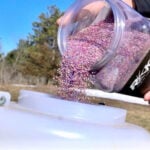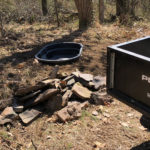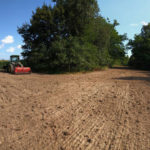As a general rule, all animals are driven by four primary needs: shelter, water, food, and reproduction. Water, food, and reproduction are relatively simple motivators to comprehend.
Heck, as you read this article, chances are all three will cross your mind at some point. We can’t help it. It’s instinctual. From birth, these desires are driven into our psyche as necessary activities. Shelter is a little more nuanced.
It’s not limited to putting a roof over your head and can include other factors, such as security from predators. Regardless, the fact remains that all living things accede to these four instinctual drivers.
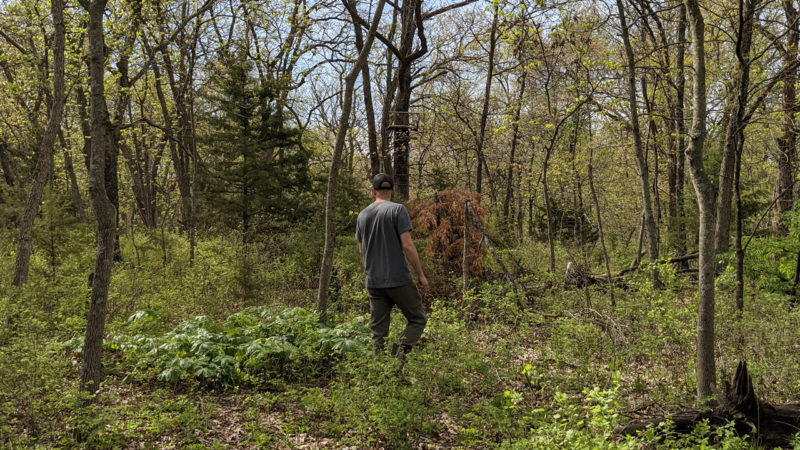
Deer are no exception. No matter their activity, the primary motivator for that activity falls under one of the four main categories. Their day is an amalgamation of varying responses to their need for shelter, food, water, and reproduction.
In fact, it’s not uncommon when more than one of the four primary motivators propels the activity. It could be a combination of food and water or shelter and mate.
For example, as deer travel from bedding to feed, food is not their only motivator. Instead, it’s most likely a combination of food and shelter. Deer must feel secure.
Although food is necessary, deer will typically consider a food source that limits their exposure over one that increases their vulnerability. The same is true for water and reproduction. If their security is in question, they will likely look elsewhere for their immediate needs.
Shelter is Important
All this leads to the fact that shelter, considering its multi-faceted characteristics, plays a significant role in daily deer activity. However, shelter can easily be forgotten when deer hunters set out to attract deer.
Food plots and waterholes are frequent habitat improvement topics. And, to be fair, these topics deserve to be at the top of the list.
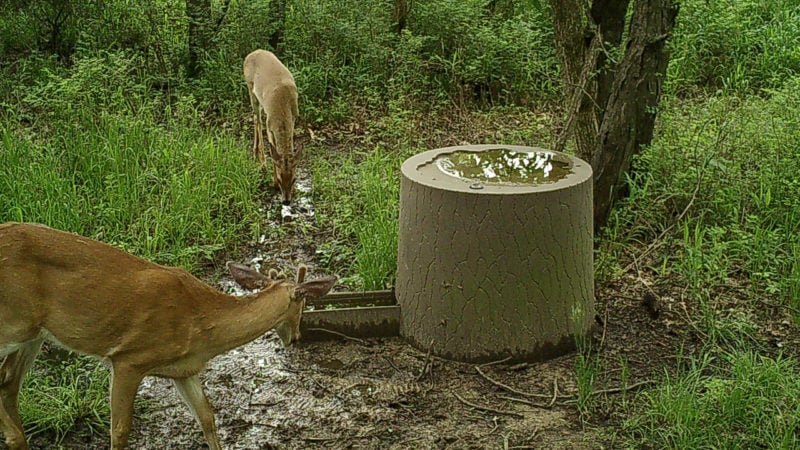
Providing deer with food and water is relatively straightforward. Plus, food and water are proven deer attractants, especially in the more frigid months when both resources shrink into obscurity. However, if we forgo the consideration for shelter, we’re missing a significant piece of the puzzle.
The plushest clover patch in the county won’t attract the herds if the deer don’t feel secure when visiting your parcel. And, as mentioned earlier, security falls under the shelter category. Deer need shelter too. To maximize the number of deer on your hunting land, consider these options.
Develop Adequate Cover
Many deer hunters pursue their next trophy or venison meal in a big block of timber. However, if the canopy is too thick, it will limit the amount of sunlight touching actual soil, ultimately stunting ground-level growth.
The result is a dark expanse that reaches from the ground to the canopy, exposing deer on all sides. A small clear cut is one option.
It will reveal the bare earth to much-needed sunlight, allowing shorter and thicker plants to grow. And, since deer are relatively short animals, the shorter growth is all they need to feel a smidge more secure.
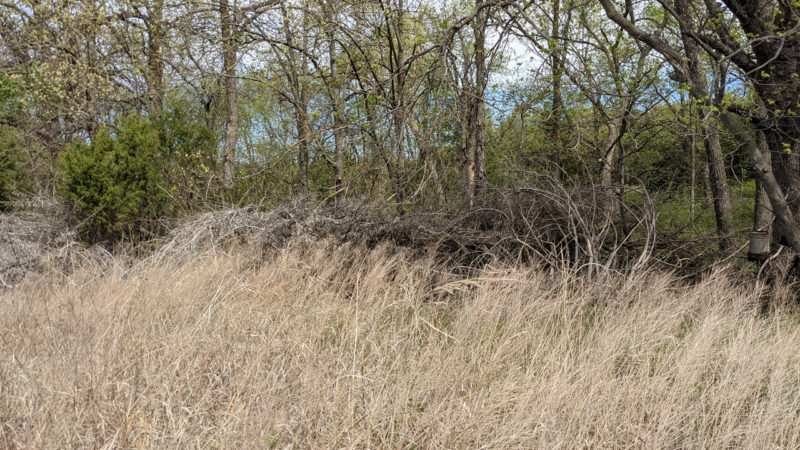
Another option is hinge cutting. Like clear cuts, a series of hinge cuts will also put solar power to work while providing an immediate source of cover. As long as you provide necessary exit routes, deer will find solace in the newly offered refuge.
Of course, whether clear-cutting or hinge-cutting, don’t overdo it. They can’t be undone. Start small and measure the results. The chainsaw isn’t going anywhere.
Designate a Deer Sanctuary
We all need a sanctuary. They’re a place where we can relax our minds and let the stressors of the outside world fade away. We all require them, ungulates included.
And because the instinctual need for shelter exists, our psyches are naturally drawn to these spots. For people, creating sanctuaries embodies complexity. However, for deer, it’s relatively straightforward.
Their sanctuary should provide them with clear separation from both the elements and predators. You can accomplish this with ideal cover plants, such as shrubs or evergreens.
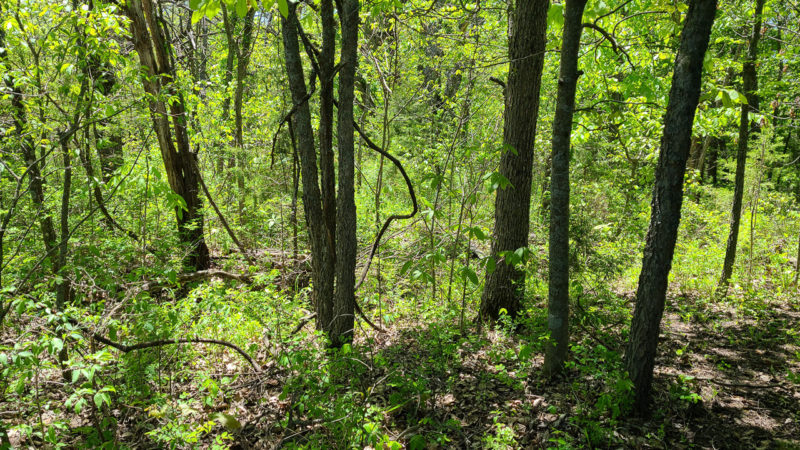
Also, considering a deer’s nose is their best defense, the sanctuary must smell the part. Meaning, you gotta steer clear. Designate the area, prep the necessary cover, then leave it alone.
For good. Or at least until the continued growth inhibits deer from leveraging it. Either way, if you want it to be a spot that deer frequent, you shouldn’t.
Conclusion
As previously mentioned, a deer’s instinctual behavior stems from four primary needs, shelter, food, water, and reproduction. As hunters, food and water are typically at the forefront of our minds.
Reproduction, or more specifically, the Rut, is another highlight of our seasonal trophy dreams. Shelter generally is further down the list of priorities. Which, for all intents and purposes, doesn’t mesh with the hierarchy of needs within a deer’s mind.
Shelter is critical and should be considered amongst our top deer-attractant strategies.
How high do you rank shelter in your deer habitat design?

 By
By 